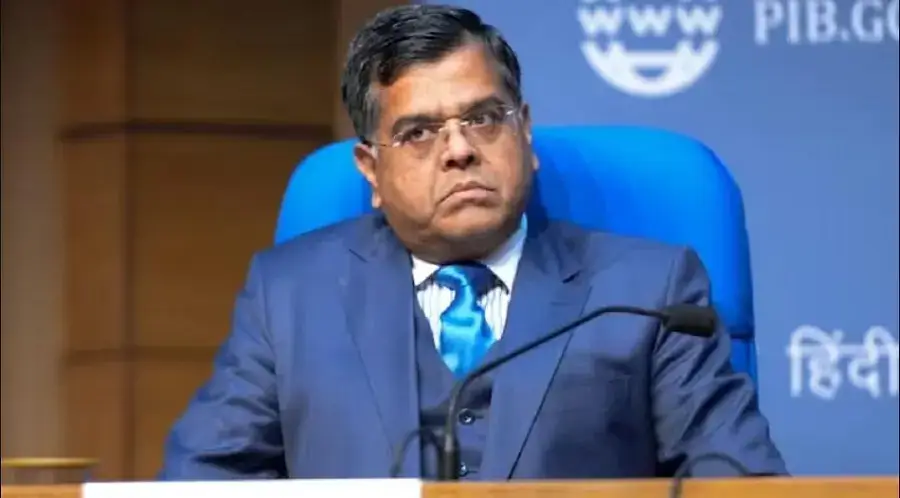
“My sense is that the worst on the macro side in the US is not behind us. It is ahead of us. So, it is too early to make a comment. I think the visibility on when the growth pickup is going to happen is a little poor at this point in time,” says Girish Pai, Nirmal Bang
Introduction:
The cement industry in India, like many others, has been grappling with a series of challenges in recent times. The COVID-19 pandemic has resulted in a slowdown in demand, coupled with supply chain disruptions and logistics challenges. The industry has also been facing higher input costs, particularly in the form of rising commodity prices. However, Madhav Singhania, Director of JK Cement, one of India’s leading cement manufacturers, is optimistic about the industry’s prospects. According to him, the softening of commodity prices is expected to boost earnings recovery in the cement sector. In this article, we take a closer look at Madhav Singhania’s observations and examine the potential implications of this trend for the industry.
Earnings Recovery Seen with Commodity Prices Softening in Cement Sector: Madhav Singhania, JK Cement
In a recent interview, Madhav Singhania shared his thoughts on the state of the cement industry in India. He pointed out that the industry had been facing challenges due to rising input costs, which had put pressure on profit margins. However, he was optimistic about the future, citing the softening of commodity prices as a key factor that could boost earnings recovery.
Madhav Singhania explained that cement production requires a range of inputs, including coal, petcoke, gypsum, and clinker. In recent months, the prices of these inputs had been rising steadily, putting pressure on the cement industry’s margins. However, the situation had started to change in recent weeks, with commodity prices beginning to soften. This trend was expected to continue, with many experts predicting a further decline in commodity prices in the coming months.
Madhav Singhania believes that this trend will have a positive impact on the cement industry, allowing manufacturers to improve their profit margins. He explained that the price of cement had not kept pace with the rise in input costs, resulting in lower margins for manufacturers. However, with commodity prices now softening, manufacturers could reduce their input costs, thereby improving their profitability.
Pros and Cons of the Trend:
Pros:
- Softening commodity prices will allow cement manufacturers to reduce their input costs, which will improve their profitability.
- The trend is expected to continue, with many experts predicting a further decline in commodity prices in the coming months.
- The improved profitability will enable manufacturers to invest in expanding their capacities, improving quality, and enhancing R&D efforts.
Cons:
- The decline in commodity prices may not be sustained over the long term, which could result in a reversal of the earnings recovery trend.
- The cement industry in India is highly competitive, with a large number of players competing for market share. The earnings recovery trend may not benefit all manufacturers equally, with smaller players potentially struggling to keep up with larger competitors.
Conclusion:
The cement industry in India has been facing a range of challenges in recent times, including rising input costs and a slowdown in demand due to the COVID-19 pandemic. However, Madhav Singhania, Director of JK Cement, is optimistic about the industry’s prospects, citing the softening of commodity prices as a key factor that could boost earnings recovery. While there are potential risks associated with this trend, including the possibility of a reversal of the decline in commodity prices, the industry’s long-term outlook appears positive. As manufacturers improve their profitability, they will be better positioned to invest in expanding their capacities, improving quality, and enhancing their R&D efforts. Overall, the softening of commodity.







